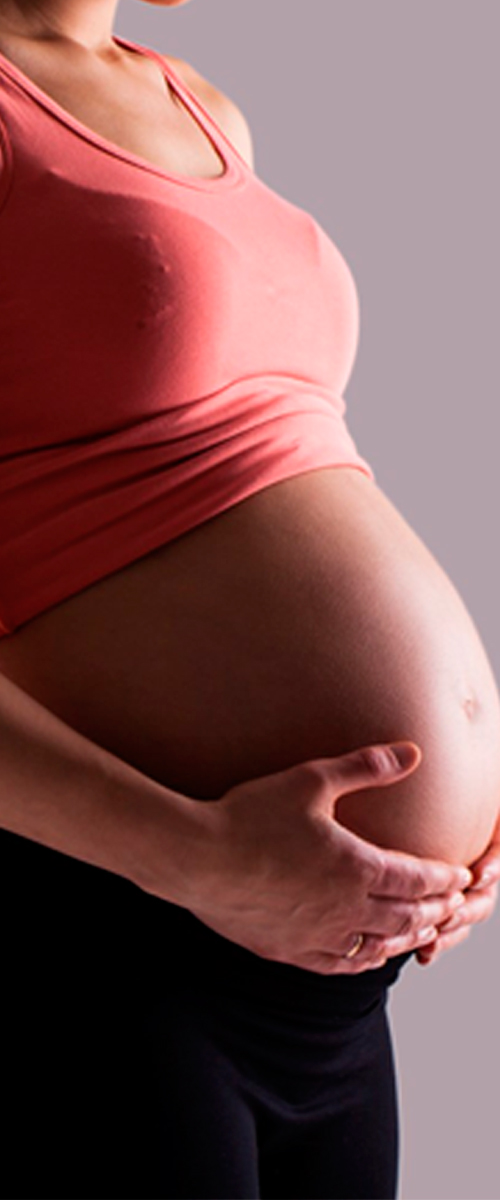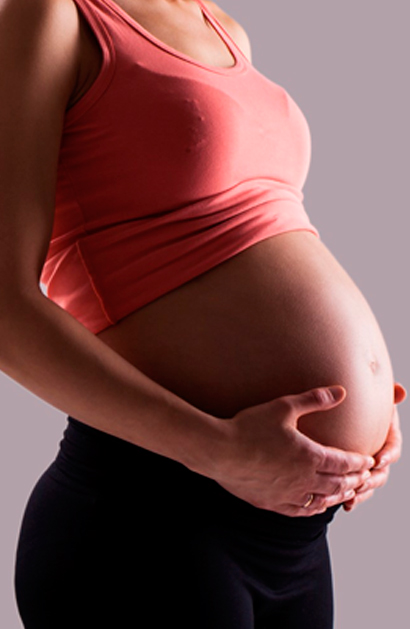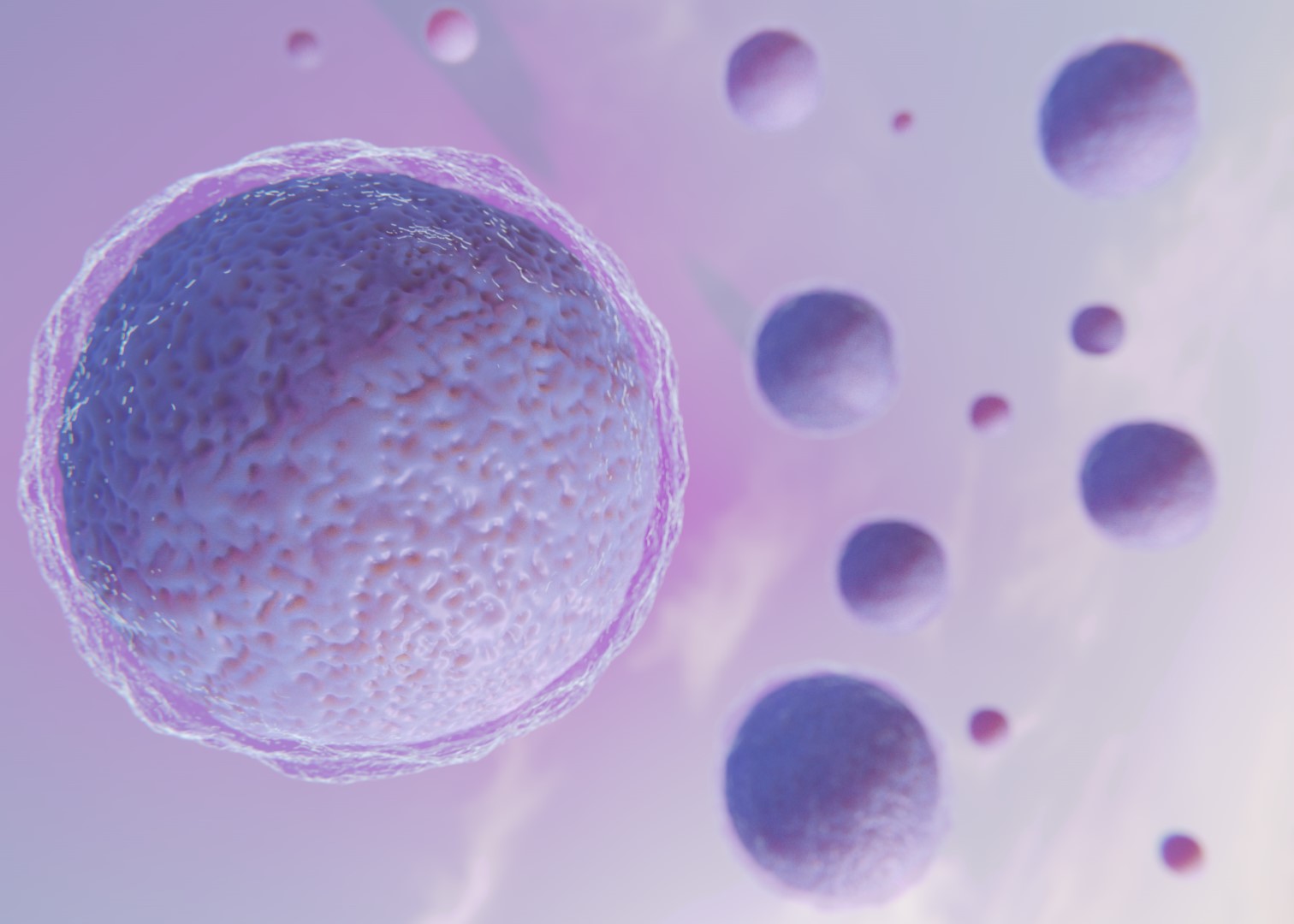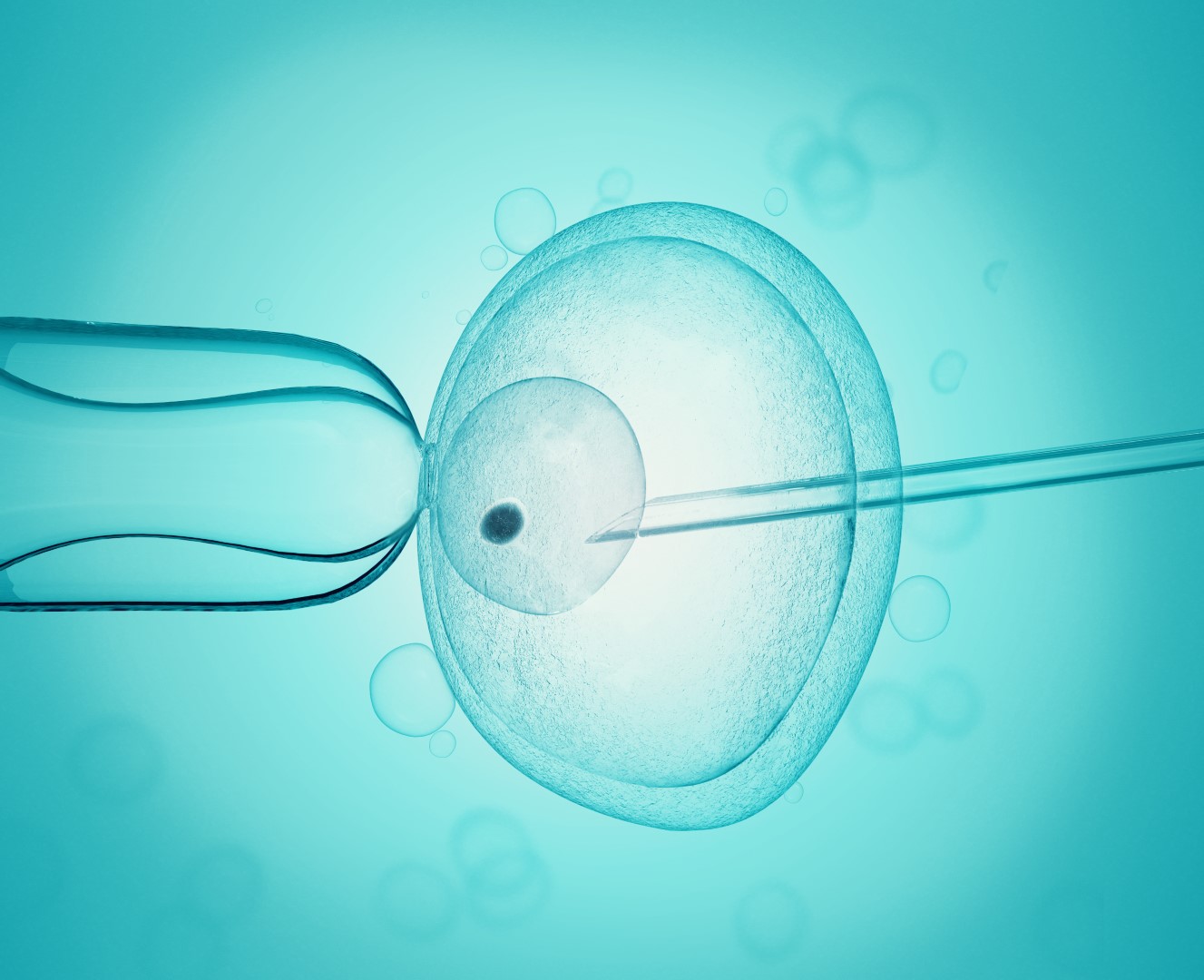In women, there should be no barrier that prevents communication between the ovary and the uterine cavity, and at least one of the fallopian tubes must be permeable.
For this process to take place, it is necessary for the man to have normal seminal characteristics or at least mild alterations, requiring a count of motile sperm (MSC) above 4 million motile sperm per milliliter.
Artificial insemination is indicated for all couples where, after the initial study of the man's seminal characteristics and the gynecological evaluation of the woman, the cause of infertility cannot be fully determined.
Artificial insemination is usually the initial technique of choice when the man has mild sperm alterations or has difficulty depositing sperm through intercourse, either due to some type of genital or psychological issue.










